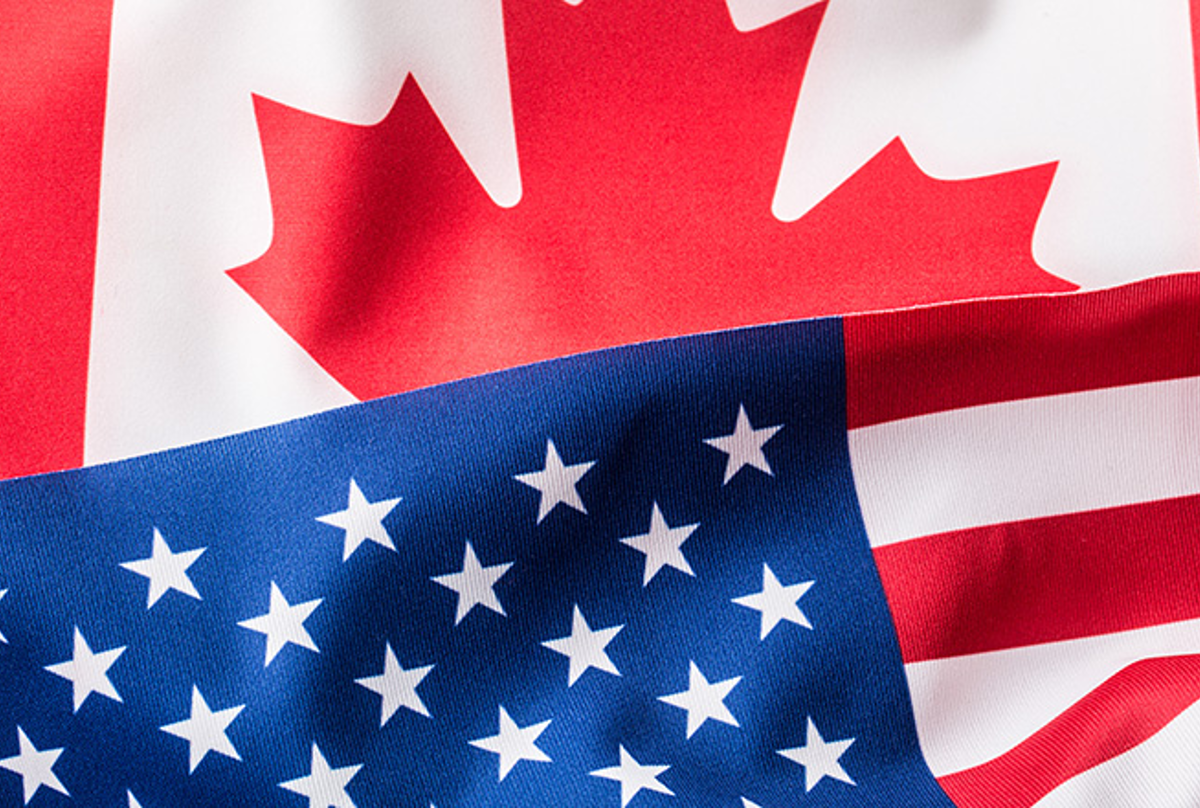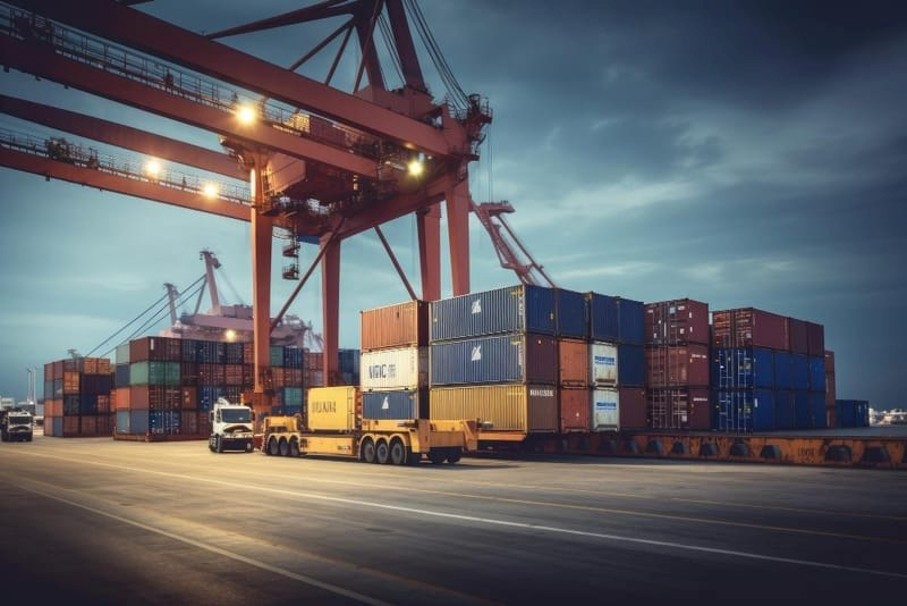Government/Policy

March 5, 2019
2019 Trade Policy Emphasizes Rebalance
Written by Sandy Williams
The Trump administration released its 2019 Annual Trade Policy Agenda and 2018 Annual Report on Feb. 28, outlining its trade policies and initiatives for 2019.
The report details how the administration is “rebalancing trade to benefit Americans.” Priorities for 2019 include:
- Supporting national security through economic security and free, fair and reciprocal trade relations
- Strengthening the U.S. economy through tax cuts, job creation, and regulatory reform
- Negotiating trade deals, including:
- Extending the Trade Promotion Authority (TPA) until 2021
- Confirming nominees for Deputy U.S. Trade Representatives
- Continuing renegotiating NAFTA and KORUS, leading to ratification of the agreements
- Establishing trade agreement with the United Kingdom, Japan and the European Union
- Negotiating other bilateral trade agreements, including Indo-Pacific and African regions
- Defending and enforcing U.S trade laws, including the use of Sections 201, 301, 232, and AD/CVD investigations
- Reforming the World Trade Organization
U.S. Trade Representative Robert Lighthizer said in his submission of the agenda and 2018 annual report that “globalization was not working as advertised for too many Americans.”
“In outlining the President’s Trade Policy Agenda, we wish to emphasize three major points. First, President Trump inherited a deeply flawed global trading system that put U.S. companies and workers at an unfair disadvantage – and discouraged true market competition. Second, under President Trump’s leadership, the Administration has undertaken a major revision of U.S. trade obligations – as well as much stricter enforcement of U.S. trade laws – to create a fairer and more efficient global economy. Third, the Administration will continue pursuing new trade deals – and stronger enforcement – throughout 2019.
“In just two years, we have significantly re-written major trade deals with Korea, Mexico, and Canada,” said Lighthizer. “We have undertaken dramatic new enforcement efforts to stop unfair trading practices by China and other countries. We are aggressively enforcing U.S. trade laws, including by bringing cases under trade agreements, relevant U.S. laws, and at the WTO. We are ensuring that countries receiving benefits under the GSP program live up to eligibility standards set by Congress. These actions and many others are contributing to a stronger U.S. economy, which has generated more jobs and higher wages for American workers.”







